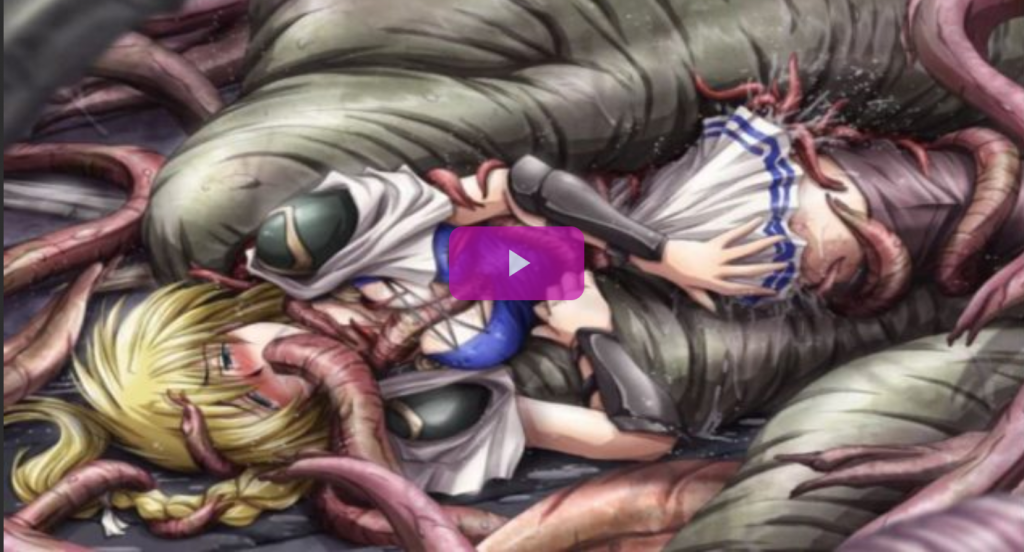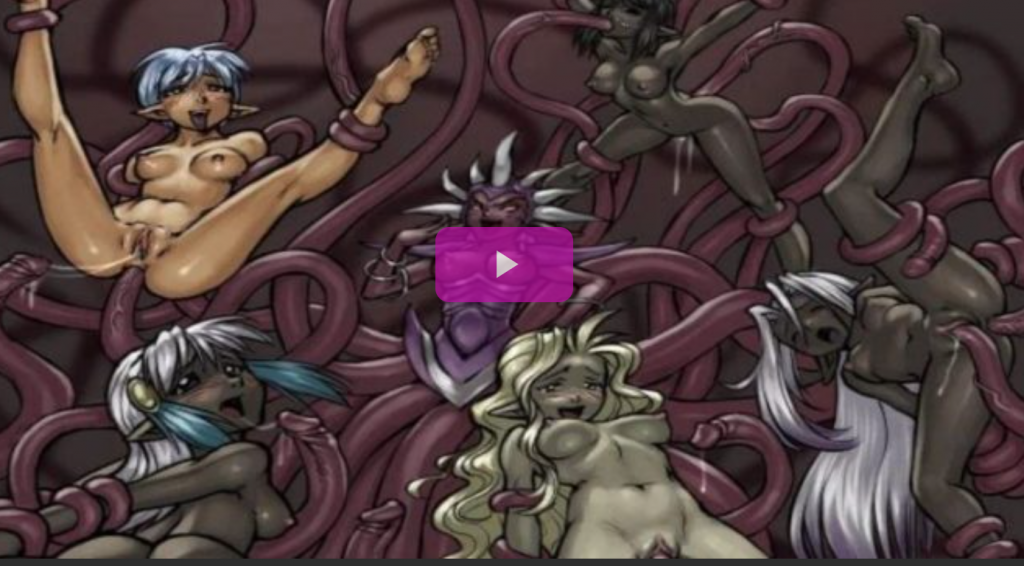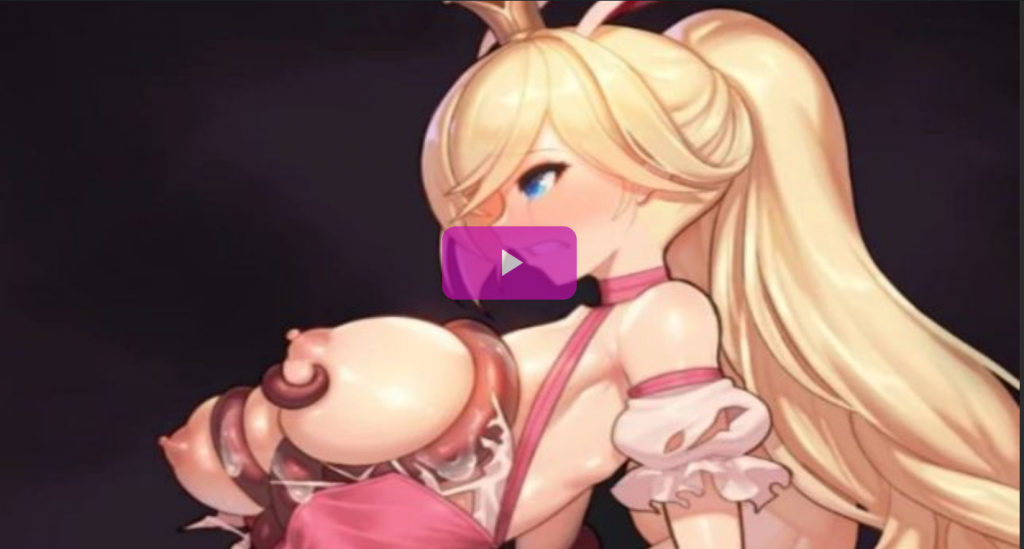Introduction
Cartoon helpless Disney bondage tentacle has become a popular form of art and entertainment in recent years. It is a combination of bondage and tentacles, often inspired by characters and stories from Disney movies. The art form is often used to create stories and fantasies, as well as to explore themes of power, control, and sexuality. It can be seen as a form of adult art, and has been popularized on the internet, particularly on sites such as Tumblr, DeviantArt, and Pixiv. This art form has been embraced by many, and its popularity continues to grow.
The Cultural Impact of Tentacle Bondage in Disney Cartoons

Tentacle bondage is a type of explicit sexual content that has recently gained a significant level of popularity in various types of media, including cartoons. Recently, tentacle bondage has been used as a plot point in Disney cartoons, creating a new level of controversy over the appropriateness of such content in children’s programming. This article will explore the cultural impact of tentacle bondage in Disney cartoons, and consider the implications for the future of children’s programming.
Tentacle bondage is a type of sexually explicit content that involves the use of tentacles to bind and restrain a person. The concept is often used in anime, manga, and other forms of art and media, and is considered by some to be a form of sexual expression. While it is often presented in an artistic or humorous fashion, it has been controversial due to its explicit nature.
In recent years, tentacle bondage has gained a significant level of popularity in Disney cartoons. In some cases, these scenes have been used as jokes or plot points, while in others they have been used to create a more risqué atmosphere. These scenes have caused a great deal of controversy, with some arguing that the explicit nature of tentacle bondage is inappropriate for children’s programming.
The use of tentacle bondage in Disney cartoons has had a significant impact on popular culture. On the one hand, it has been seen as a sign of progress, as it demonstrates a more open-minded approach towards sexual expression. On the other hand, it has also sparked debate over the appropriateness of such content in children’s programming.
Ultimately, the impact of tentacle bondage in Disney cartoons is still being felt today. Its presence has sparked debate and discussion over the appropriateness of explicit content in children’s programming, and its influence can be seen in other media as well. Whether this influence will continue in the future remains to be seen, but it is clear that tentacle bondage has had a significant impact on popular culture.
Exploring the Evolution of Helplessness in Disney Animations

Disney animations have captivated audiences for decades with their stories of love, friendship, and adventure. But there is one theme that has remained constant throughout Disney’s history: the evolution of helplessness. From the classic damsel-in-distress trope to more modern interpretations of powerlessness, Disney has consistently explored the idea of helplessness in its animations.
The classic Disney princesses, such as Cinderella, Snow White, and Sleeping Beauty, are often depicted as passive and powerless. They are dependent on a prince or other outside force to save them from their dire circumstances. These classic stories have been critiqued for their outdated ideas about gender roles, with the female characters portrayed as weak and in need of rescue.
However, in recent years Disney has begun to challenge the damsel-in-distress trope. The female characters are now often portrayed as strong, independent, and capable of taking charge of their own destiny. In Frozen, Elsa is a powerful queen who must learn to accept and control her magic powers. In Brave, Merida must take charge of her own destiny in order to save her family. These characters are no longer dependent on a male savior but instead must rely on their own strength and courage to overcome the obstacles in their way.
The idea of helplessness has also been explored in other Disney animations outside of the classic princess stories. In The Lion King, Simba is a young cub who must learn to take control of his life and be brave in order to save his kingdom. In Inside Out, Riley must learn to accept and understand her own emotions in order to find her way back home. These stories show that helplessness can come in many forms and can be overcome with strength, courage, and understanding.
The evolution of helplessness in Disney animations shows just how far the company has come in terms of its storytelling. By exploring themes of power and empowerment, Disney has created stories that are more complex and nuanced than its classic princess tales. While the idea of helplessness may still be present in many of Disney’s animations, the company is slowly but surely shifting the narrative away from its outdated damsel-in-distress trope. As Disney continues to tell stories that reflect the world we live in today, it is sure to further explore the idea of helplessness in new and exciting ways.
What Does Tentacle Bondage Represent in Disney Cartoons?

Tentacle bondage is a form of bondage that has recently become a popular element in some Disney cartoons. It is a form of bondage that involves the use of tentacles to restrain or immobilize a person. The imagery of tentacle bondage is often associated with Japanese animation, and this has been adopted by some Disney cartoons.
Tentacle bondage is often used as a metaphor for power dynamics in Disney cartoons. It is used to represent relationships between characters that are unequal and oppressive, such as a master and a slave. Tentacles may be used to represent a powerful force that is holding someone back, preventing them from achieving their goals. This could be an abusive relationship, a controlling parent, or an oppressive government.
Moreover, tentacle bondage can also be used to symbolize sexual themes. In some cartoons, tentacles may be used to symbolize a sexual relationship between two characters, or to represent a character’s feelings of sexual desire.
Finally, tentacle bondage is sometimes used to represent the struggle between good and evil. The tentacles can represent a force of evil that is trying to overpower the protagonists or a force of good that is trying to protect them.
In conclusion, tentacle bondage is a popular element in Disney cartoons. It is often used to represent power dynamics, sexual themes, and the struggle between good and evil.
What Can We Learn from the Representation of Helplessness in Disney Cartoons?
Disney cartoons have entertained generations of children and adults alike, and many of these cartoons feature characters who are depicted as being helpless in some way. In examining the representation of helplessness in Disney cartoons, we can learn several important lessons about human nature and the importance of resilience.
First, the representation of helplessness in Disney cartoons shows that even in difficult situations, it is possible to find strength and courage. For example, in the classic Disney movie The Lion King, the protagonist Simba is forced to flee his home after his father’s death and must face a variety of challenges on his journey. Despite these obstacles, he eventually finds the strength and courage to return to his homeland and take his rightful place as king. This teaches viewers that even in the face of adversity, one can find the strength to persevere.
Second, the representation of helplessness in Disney cartoons can also serve as a reminder that everyone needs help at times. In the movie Frozen, the characters Anna and Elsa are both struggling with their own issues. Despite the fact that they are often depicted as being helpless, they eventually realize that they need to rely on each other to overcome their struggles. This demonstrates that even the strongest of characters may need assistance from time to time and that it is okay to ask for help.
Finally, the representation of helplessness in Disney cartoons can also be seen as an example of the power of optimism. In the movie Aladdin, for example, the titular character’s struggles lead him to come up with a plan to get out of his difficult situation. Through the power of optimism, he is able to make something out of nothing and ultimately succeeds in his mission. This teaches viewers that even when things seem hopeless, it is important to stay positive and believe in yourself.
In conclusion, the representation of helplessness in Disney cartoons can provide valuable lessons about human nature and the importance of resilience, the need for assistance, and the power of optimism. These lessons can serve as an important reminder that even in difficult times, it is possible to find strength and courage to persevere.
Examining the Use of Tentacle Bondage in Disney Cartoons as a Form of Social Commentary
Tentacle bondage is a form of sexual fetishism that has become increasingly popular in recent years. While it has become more widely accepted, it still remains a controversial topic in many circles. Interestingly, this particular form of sexual fetishism has also made its way into Disney cartoons, and its use in these cartoons has been the subject of much debate. In this essay, we will examine the use of tentacle bondage in Disney cartoons, and discuss how it may be used as a form of social commentary.
cartoon helpless Disney bondage tentacle is a type of sexual fetishism in which a person is bound with tentacles or other appendages, usually as part of a sexual act. This practice has been popularized in recent years, particularly in adult-oriented animation and manga. Tentacle bondage has been used in a variety of animated productions, including those from Disney.
In Disney cartoons, tentacle bondage is often used as a form of comic relief. This can be seen in the 2002 animated feature film Lilo & Stitch, which features a scene where Lilo and Stitch are tied up by a giant octopus. This scene is used for comedic effect, and serves to lighten the mood of the film. However, it can also be interpreted as a form of social commentary. The scene could be seen as a commentary on the power dynamics of relationships and the idea of being “tied down” by someone or something.
Tentacle bondage can also be seen in the 2004 animated feature film The Incredibles. In this film, the villain Syndrome uses tentacles to capture and restrain the main characters. Again, this is used for comedic effect, but it could also be seen as a commentary on power dynamics in relationships. It can be interpreted as a warning against allowing oneself to be controlled or manipulated by others.
Overall, tentacle bondage has become increasingly popular in recent years, and its use in Disney cartoons has been the subject of much debate. While it is often used for comedic effect, it can also be interpreted as a form of social commentary. It can be seen as a warning against allowing oneself to be controlled or manipulated by others, and can be used to highlight the power dynamics of relationships.
Conclusion
cartoon helpless Disney bondage tentacle can be a fun and exciting way to explore different types of sexual expression. However, it is important to be aware of the potential risks associated with such activities and ensure that proper safety measures are taken. When done safely and consensually, cartoon helpless Disney bondage tentacle can be a fun and exciting way to explore and enjoy different types of sexual expression.
